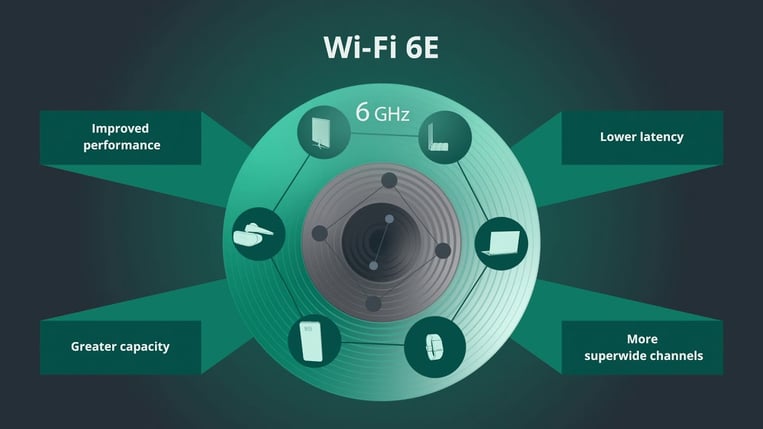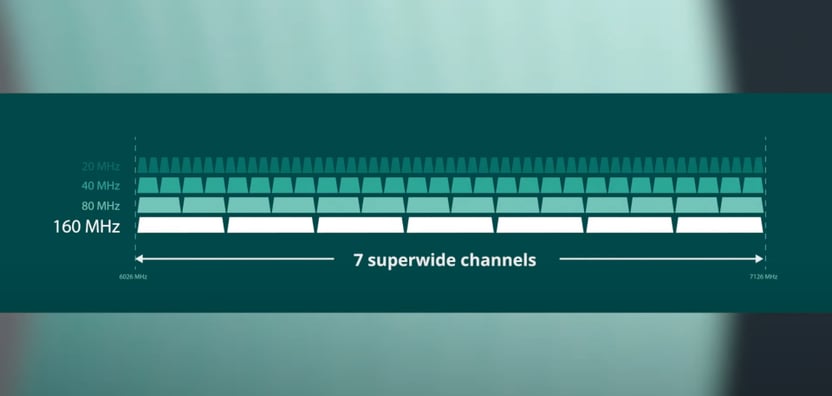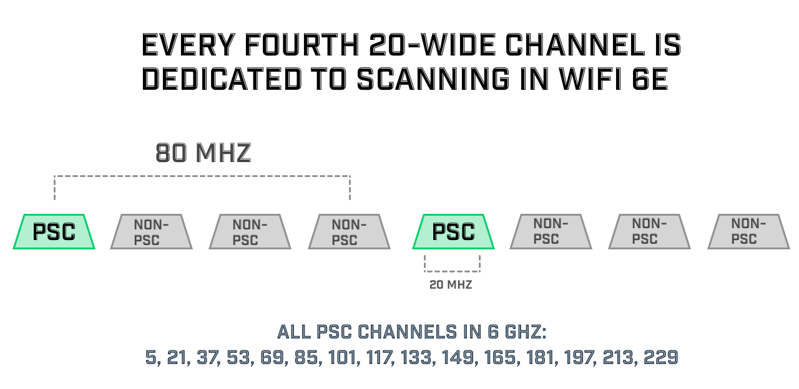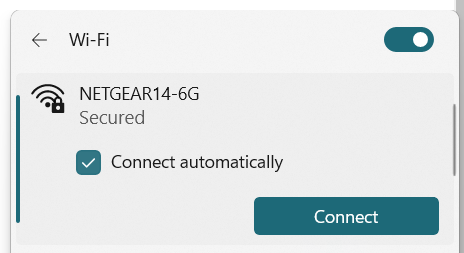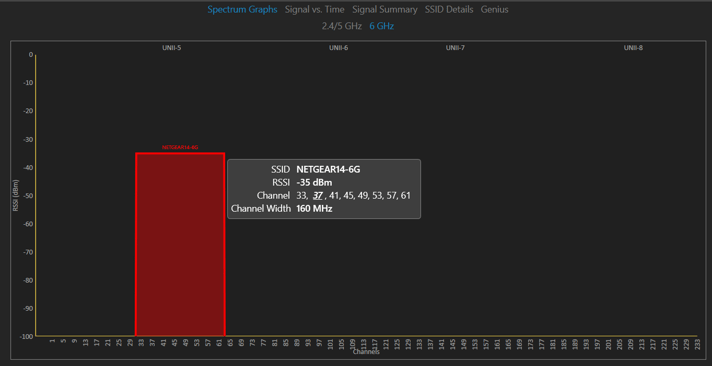WiFi 6E and 6 GHz
This page covers everything you need to know about the Wi-Fi Alliance WiFi 6E certification and 6 GHz networking.
New frequency, new Superwide channels, lower latency and better roaming. Massive performance improvements across the board.
The opening of the 6 GHz frequency band for commercial use in the US marks the beginning of the next major advancement in WiFi technology.

